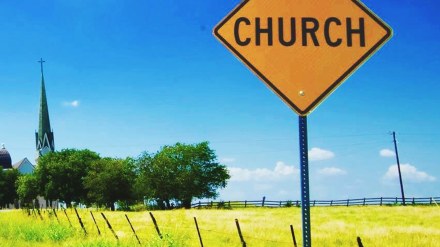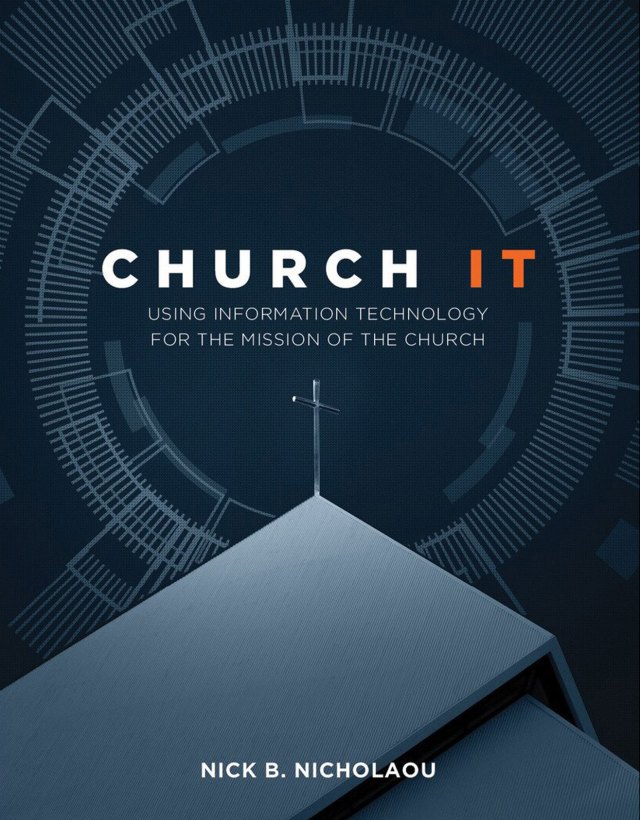We all understand the instinct to protect what we value—whether the value is monetary or sentimental. That’s why people often rush to trademark a name, logo, or idea when launching a new business. The same principle applies to churches.
Churches have names, reputations, and symbols that represent their mission. When these elements aren’t protected, they can be misused in ways that damage the church’s credibility and influence.
Real Risks for Churches
Misuse of Name and Logo
In one case, a church member created business cards and letterhead using the church’s name and logo. He then began representing himself as a minister—without approval. His public actions didn’t align with the church’s mission, which put the church’s reputation at risk.
Media Fallout from Member Misconduct
In another instance, a church member was arrested. Although the church had no involvement, media outlets repeatedly mentioned the church in their coverage. Well-meaning members gave interviews in defense of the church, which only drew more attention. The situation highlighted how mishandled media coverage can magnify damage.
Brand Value Goes Beyond Logos
A church’s brand includes:
- Its name and visual identity
- Its reputation in the community
- The perception of integrity among insiders and outsiders
- Its ability to attract and minister to seekers
This value is often intangible—and once damaged, can be difficult to restore.
Proactive Steps to Protect Your Church Brand
1. Acknowledge the Value of Your Brand
Your name, reputation, and goodwill are built through service, relationships, and consistent leadership. Don’t let them be diminished through oversight or inaction.
2. Form a Risk Management Team
- Regularly assess your church’s exposure to brand misuse.
- Include both physical and cybersecurity protocols.
- Evaluate who has access to logos, letterhead, and online platforms.
3. Designate a Crisis Manager
- Appoint a staff member or volunteer—not the pastor—to serve as your official media liaison.
- This person should monitor for potential threats (e.g., Google Alerts) and respond to media inquiries.
- Equip them with clear authority and responsibilities.
4. Bring in Professionals When Needed
- Use public relations experts for crisis communication, preferably selecting the one you wish to use before a crisis arises.
- Consult with attorneys before sending cease-and-desist letters or responding to IP misuse.
- Engage financial advisors if the crisis threatens funding or donations.
5. Train Your Staff and Volunteers
- Make it clear: the church name and logo are intellectual property.
- No one should use them for personal or unauthorized purposes—just as you wouldn’t use a corporate brand like Kraft without permission.
6. Create and Share a Social Media Policy
- Use your social media channels to inform and evangelize—nothing more.
- Set strict privacy settings and require admin approval for all posts.
- Add disclaimer language to clarify that views expressed by others don’t represent the church.
The Bottom Line
Churches must recognize that they have a brand—and that brand has value. If that value is undermined, it can harm the church’s ability to reach its community and fulfill its mission.
By taking intentional steps, churches can protect their reputation and continue to serve as trusted ambassadors of Christ.
We’ve used a combination of AI and human review to make this content easier to read and understand.





